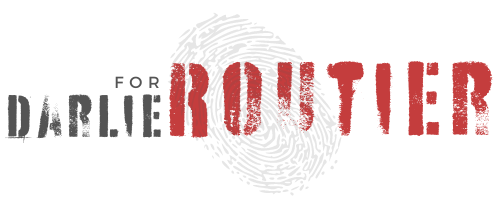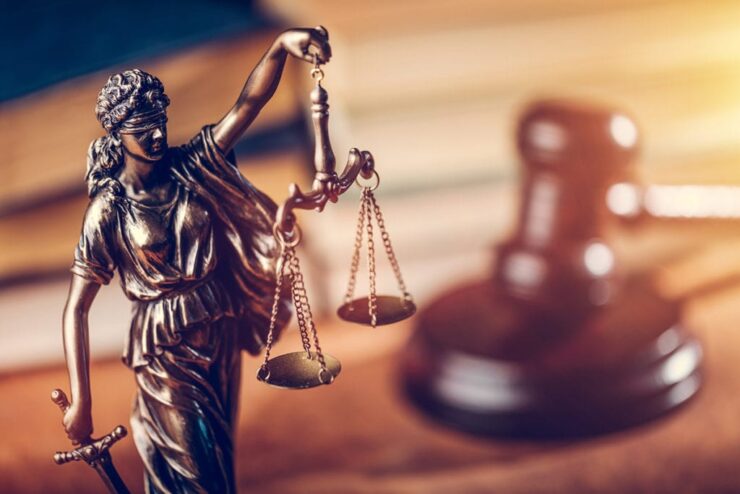Media creates pivotal influence on the perspective of the public towards crime and the criminal justice system. Portrayed in both traditional news media and social media, the perception of crime and justice creates big waves that shape public opinion, attitude, and understanding about criminal activities and legal procedures.
Though, to know the complications through which one could get into, it’s important to take help from the insight of legal experts which is a leading law firm dealing with the complexities of legal cases. Their expertise offers an objective and factual view of the justice system, contrasting with many media representations that tend to be somewhat unbalanced.
This article examines how closely media coverage is linked with public perception; it scrutinizes the effect that media types have on our perspectives of crime, law enforcement, and the general criminal justice system.
What role does media play in shaping public opinion on crime?
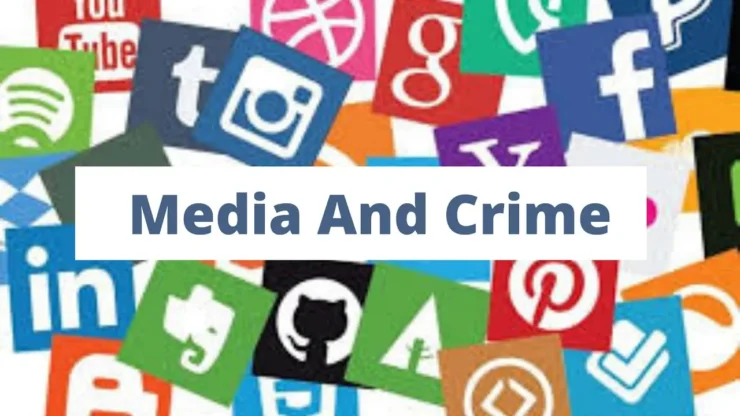
Media influences the way people perceive crime and criminal acts. News, TV series, media entertainment, and social platforms, taken together, would represent and portray crime and its prevalence in society.
Public opinion is shaped through different channels and mechanisms; each will contribute to the master narrative around crime and justice.
How do news reports influence our understanding of criminal activities?
The news media shape public perception of criminal activity according to how they select crime-related stories to cover and how they are reported. The way it is reported can profoundly affect the public attitude concerning the crime rate, types of offenses, and whether there is a threat to public safety.
In many cases, news outlets focus attention on sensational crimes or violent crimes, which leads to a very skewed perception of criminal activities. This type of reporting bias may have the effect of creating disconnections between public perceptions of crime and actual crime statistics, likely leading to rising fears and misunderstandings about the prevalence of some types of criminal behavior.
What impact do crime-related TV shows and movies have on public perception?
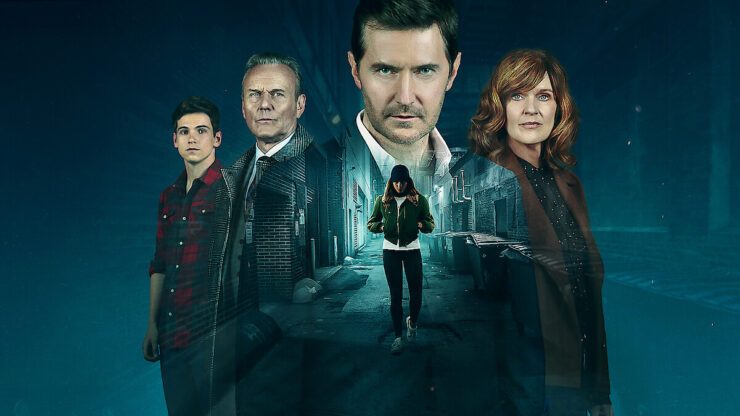
This includes shaping the whole perception of criminal justice among the public mostly through fun-oriented entertainment media, such as police or crime dramas, true crime documentaries, etc. All those usually exaggerated for fun’s sake create such a biased viewing towards law enforcers, criminal defense attorneys, and the court system.
The stories reported on such shows are able to change the tide of public opinion on the effectiveness of police activities, the equitability of trials’ outcomes, and the smooth functioning of justice in society. While the portrayals might not directly be the reality, they still reflect or shape the mood of expectations in the public.
How does social media contribute to shaping attitudes about crime?
Social media have gained increasing influence in shaping public opinion on the occurrence of crime and the criminal justice system. It allows the quick sharing of news about criminal acts, police action, or court process news. On the other side, by its very nature, social media makes any kind of bias and misinformation widespread.
Social media echo chamber effects can worsen pre-existing predisposed viewpoints and attitudes about crime, potentially polarizing public opinion. Besides, the instantaneous nature of social media results in hasty judgments, misinformation, adding to the complexity and intricacy of the public’s understanding of criminal justice issues.
How does media coverage affect perceptions of the criminal justice field?
Indeed, the media play a huge role in how people will perceive different aspects within the criminal justice world: representations of law enforcement agencies, court systems, and correctional facilities have been found to significantly affect public attitudes, trust, support, and understanding of functioning and problems.
What are the effects of media portrayal on law enforcement image?
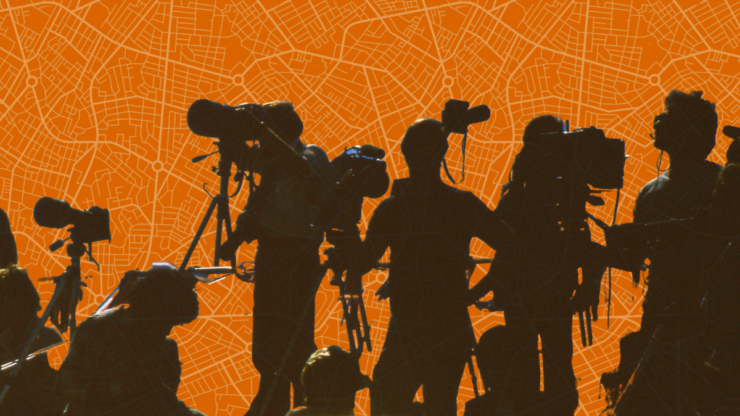
The media’s portrayal of the police plays an important role in determining the attitudes people have toward police and their position within society. Positive or negative news about the police can easily shape the attitudes that the public holds in regard to the service. Alternatively, it is easy for the media to erode the trust that the public has in the law enforcers by over-reporting high-profile cases of police misconduct and excessive use of force.
On the other hand, stories of heroic acts or community engagement by police officers could be highlighted for a better public image. The balance and fairness in covering events by the media help a lot in deciding whether the public will continue to view these law enforcement institutions as effective and honest.
How does media influence public trust in the court system?
Public trust in the court system is significantly affected by the coverage of court proceedings and judicial decisions. How a trial is presented, particularly in high-profile cases, shapes public opinion on whether justice is being served fairly and effectively. Media narratives
around judges, prosecutors, and defense attorneys influence how the public perceives their impartiality and competence.
Additionally, the way the media explains—or fails to explain—complex legal procedures and decisions impacts public understanding and acceptance of court rulings. Balanced and accurate reporting is crucial to maintaining public confidence in the judicial process.
What role does media play in shaping views on correctional facilities?
Media portrayal of correctional institutions, including prisons and rehabilitation programs, goes a long way in forming the general public’s attitude toward the penal system. News reports, documentaries, and even the portrayal of life in prison through works of fiction can shape public perception regarding the effectiveness of incarceration, treatment of inmates, and overall goals of the correctional system.
Prison violence and bad conditions are often hyped by the media, but they only serve to make the public skeptical about the effectiveness of such a system in the rehabilitation process. On the other hand, the public is encouraged to support more progressive correctional programs through stories about success via rehabilitation or reform programs. reforms can foster public support for more progressive approaches to corrections.
How do media narratives impact public attitudes towards criminal justice reform?
Media narratives can shape public attitudes toward criminal justice reform. How the media report problems in the system and the solutions proposed holds great potential for influencing public opinion and sparking policy changes or reform efforts.
The media don’t merely inform the public but also frame the debate around criminal justice reform.
What is the media’s role in highlighting issues within the justice system?
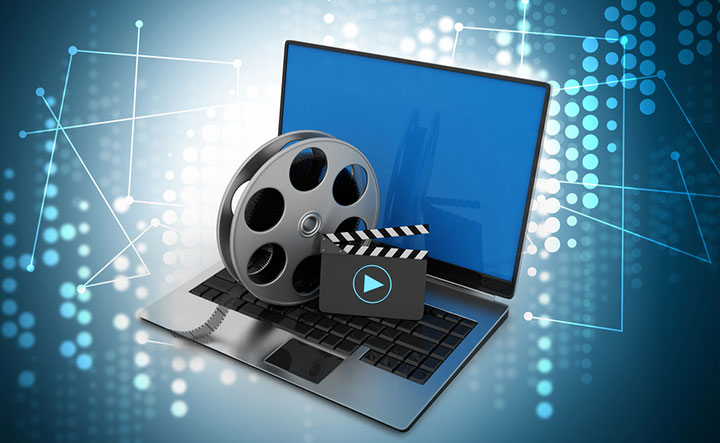
The media acts as a watchdog, revealing the flaws and failures within the criminal justice system. Investigative journalism, in particular, plays a crucial role in uncovering systemic issues like wrongful convictions, racial disparities in sentencing, and corruption within law enforcement agencies. By bringing these issues to light, the media can spark public discourse and create pressure for reform.
The intensity and persistence of media coverage on specific issues can greatly influence the priority given to various aspects of criminal justice reform in both public and political agendas.
How do media stories influence public support for policy changes?
Media stories tend to humanize complex policy issues, making them relatable and understandable to the general public. They can share personal narratives of those affected by the criminal justice system, evoking empathy and support for reform initiatives. For
instance, stories of exonerated individuals can highlight the need for reforms in eyewitness identification procedures or forensic science practices.
Similarly, coverage of successful alternative sentencing programs can help build public support for more rehabilitative approaches to criminal justice. The way these stories are framed, including the language used and the perspectives highlighted, can significantly influence public opinion on various reform proposals.
What impact does investigative journalism have on criminal justice reform efforts?

Investigative journalism plays a critical role in reforming criminal justice. It is through in-depth investigative reporting that the flaws within the justice system are uncovered in detail. These investigations often drive policy and legal reforms; for example, reports on prison conditions, prosecutorial misconduct, or flaws in forensic evidence have led to significant changes in many jurisdictions.
The tenacity and rigor of investigative journalism keep these issues in the public eye, maintaining enough pressure to push policymakers into addressing the crises within the criminal justice system.
How does media coverage of high-profile cases sway public perception?
The media has a huge influence on public opinion regarding the criminal justice system, especially in high-profile criminal cases. These cases often receive extensive media coverage, which can not only shape public perception but also potentially impact the outcome of trials and broader opinions on crime and justice.
What effect does extensive media attention have on trial outcomes?
High-profile cases that receive extensive media coverage can significantly affect trial outcomes. The overwhelming amount of news and commentary can make it difficult to find impartial jurors who haven’t been influenced by media narratives. Additionally, the intense public scrutiny amplified by the media can impact the behavior of judges, attorneys, and even witnesses.
This can sometimes lead to a ‘trial by media,’ where public opinion, shaped by media coverage, indirectly influences the legal proceedings. The fairness of trials in such cases often comes under scrutiny due to the potential bias introduced by extensive media attention.
How does media portrayal of defendants and victims influence public opinion?
The media often plays a key role in shaping how defendants and victims are perceived in high-profile cases, influencing public opinion even before a trial begins. Media portrayals typically create either sympathetic or unsympathetic views of those involved, which can heavily sway public perception of guilt or innocence.
For example, the focus on a defendant’s background, appearance, or past behavior can shape public attitudes about their culpability. Similarly, the portrayal of victims can evoke public sympathy and a demand for justice. These media-crafted narratives can have lasting effects on public perceptions, not only of the specific case but also of broader issues related to crime and victimization.
What are the consequences of media bias in reporting criminal cases?
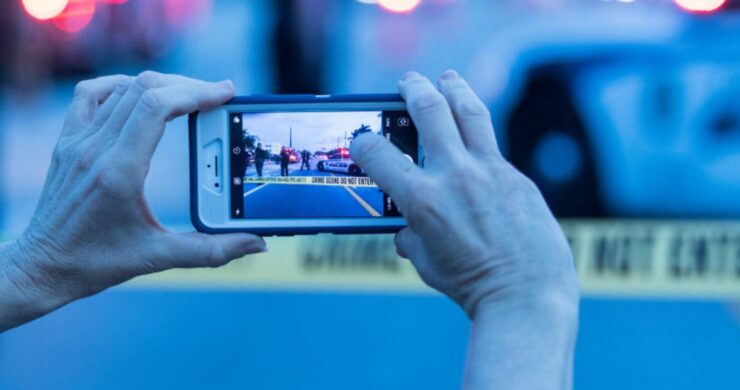
The implications of media bias in the reporting of criminal cases could go a long way in shaping public perception about the criminal justice system. Intentional or not, biased reporting may be used to swing public opinion on complex legal issues that are intrinsic to the core of a soundly functioning justice system. For example, sensationalist reporting will attend to the dramatic features of a case while being fairly negligent of some critical legal nuances; this can create public misunderstandings of judicial procedures.
Moreover, such biased media attention can heighten the prejudices in society, especially on racial or the kind of background from which a person comes. In the long run, public trust in the fairness and effectiveness of the criminal justice system as a whole may be eroded.
How does the portrayal of crime in media compare to actual crime statistics?
When the crime rates represented in media are compared to actual statistics, the impression created for the activities happening in society is always overdrawn.
In the least case scenario, this mismatch between media representation and real crime incidents may impress public understanding and fear of crime.
What discrepancies exist between media representation and real-world crime rates?
One of the most visible gaps between media representation and actual crime statistics is the overemphasis on violent and sensational crimes in media coverage. Although violent crimes such as murder and assault tend to get a lot of media coverage, they actually form a small portion of the overall criminal activities. More common property and white-collar offenses go relatively unnoticed.
This, therefore, leads to lopsided information that, in turn, creates a distorted public perception of how various types of crimes are perpetrated. In addition, media tends to emphasize urban crime while ignoring criminal activities in rural or suburban areas, which further distorts the view of the public on crime distribution.
How does media coverage affect public perception of crime trends?
Media attention has a massive effect on people, even overestimating the rate and direction of changes in crime levels. There is intensive media coverage of certain crimes that may, in actual sense, turn out to seem like there is a crime wave, yet such crimes have stable or even decreasing rates according to official statistics. For example, if a cluster of highly publicized violent incidents happens in quick succession, it can create an impression that violence is rising despite long-term trends that indicate a fall in crimes of violence.
This includes the misallocation of resources and unnecessary fear arising from the disconnection between media portrayal and real crime trends that influence public policy debates and individual behaviors.
What impact does sensationalized crime reporting have on public fear of crime?
This often increases public fear of crime significantly compared to the real level of risk. Sensationalized reporting focuses on dramatic and emotional aspects of criminal incidents, which can therefore increase feelings of vulnerability within the public. Fear can produce behavioral changes, like avoiding areas or doing certain activities even though the statistical risk of victimization is low.
Beyond this, of course, continued exposure to sensationalized tales of crime can foster a climate of discomfort and suspicion in society. This wave of fearful feelings may also serve as an impetus for more general social changes, from the dynamics of interpersonal relationships to the popularity of forms of criminal justice policy.
What role can education play in promoting a more balanced understanding of the criminal justice system?
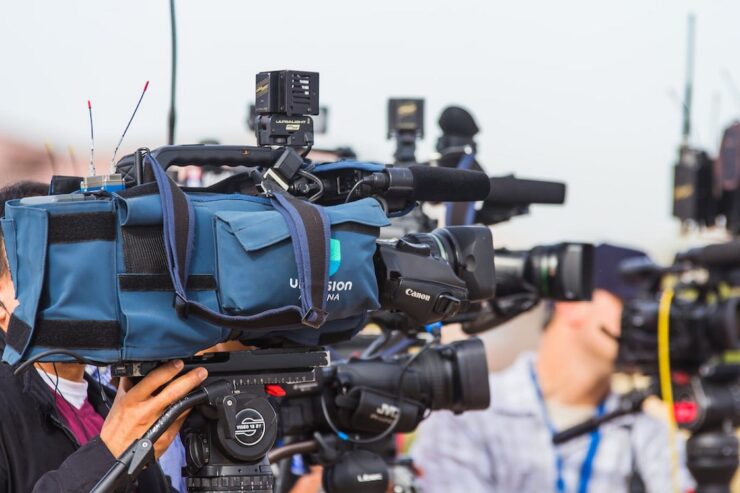
Education itself plays a huge role in ensuring that stakeholders understand the criminal justice system and enables them to countervail the possibly distorting media influences. Introducing comprehensive education on criminal justice into the schools’ curricula will help students acquire an understanding of how justice works, which is associated with processes, challenges, and complexities.
This information will enable one to critique media representations of crime and issues of justice. Additionally, education can focus on the growth of media literacy that will directly pertain to crime and entertainment news. This could include how to understand crime statistics, a description of the legal system, and how it works, as well as what the top myths are that are conveyed through the media. Adult education programming, as well as community-based efforts, can also be responsible for eliciting the requisite level of public awareness of how the criminal justice system works. Fact-based workshops, seminars, or even information campaigns about trends in crime, legal procedures, and reform efforts are some of the venues where programs such as this can be implemented.
Education begets an informed public, leading to the possibility of more sophisticated and constructive public discourse on criminal justice issues and, consequently, allowing increased effectiveness of policy formulation and community engagement in justice reform efforts.
